The Airport Interactive Kiosk Market has seen significant advancements as technology continues to evolve and influence customer experiences at airports. This market encompasses a variety of self-service kiosks designed for different functions, including check-in, wayfinding, baggage handling, and payment processing, enhancing passenger convenience and operational efficiency.
The competitive landscape has intensified with established players and new entrants striving to capture market share by innovating and offering solutions tailored to the unique needs of airports and travelers. As airports increasingly focus on expediting processes and enhancing passenger satisfaction, the role of interactive kiosks becomes more pronounced.
Various companies are developing user-friendly interfaces and integrating advanced technologies like artificial intelligence and biometrics to improve service delivery. This environment has made it imperative for companies to differentiate themselves through superior features, reliability, and integration capabilities.
Samsung has positioned itself as a strong competitor in the Airport Interactive Kiosk Market, leveraging its extensive expertise in display technology and electronics. Its interactive kiosks are celebrated for their high-quality touchscreens that offer sharp visuals and responsive touch functionality, contributing to a seamless user experience.
The company has focused on enhancing operational efficiency in airports by integrating its kiosks with advanced software solutions that allow for real-time updates and maintenance. These strengths are critical as airports look for ways to reduce wait times and improve customer satisfaction.
Moreover, Samsung's commitment to innovation enables it to stay ahead of trends as it continuously explores ways to incorporate cutting-edge features like facial recognition and mobile integration into its product offerings. This emphasis on technology has helped Samsung build a strong reputation in the interactive kiosk domain, solidifying its presence in a competitive market.
Panasonic also plays a significant role in the Airport Interactive Kiosk Market, renowned for its focus on delivering reliable and durable solutions that meet the demands of high-traffic environments. The company emphasizes operational resilience and user-friendly designs in its kiosks, making them suitable for different airport functions such as check-in, information dissemination, and wayfinding.
Panasonic's interactive kiosks are designed to integrate easily with existing airport infrastructure, a key advantage that appeals to airport operators looking for cost-effective deployment solutions. Additionally, the company's commitment to enhancing user experience through intuitive interfaces and effective integration with backend systems has provided it a considerable edge.
By continuously enhancing its technology offerings and ensuring a robust support framework, Panasonic has established itself as a strong contender in the airport interactive kiosk market, demonstrating reliability, innovation, and a customer-centric approach in a rapidly evolving industry.


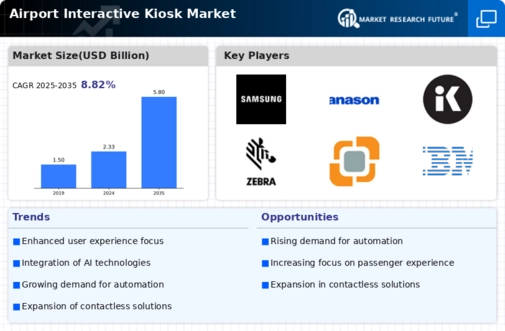
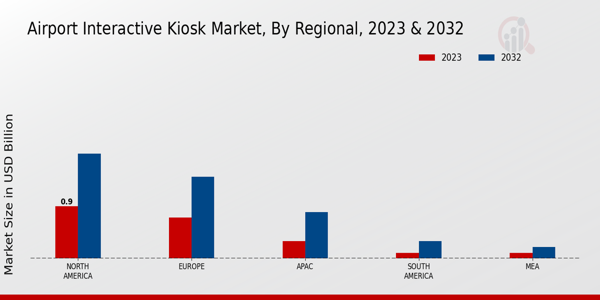
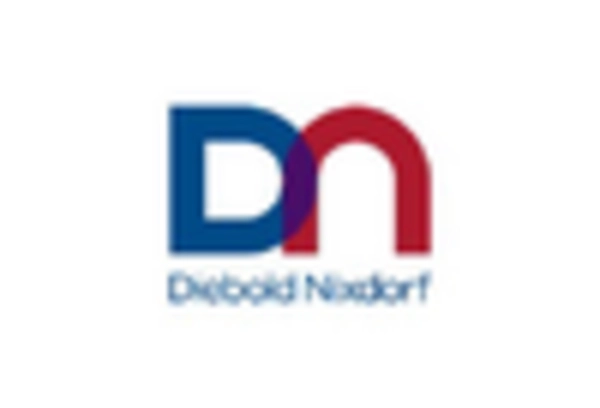

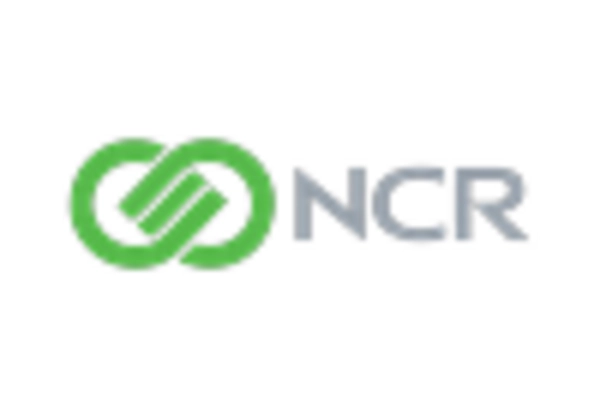
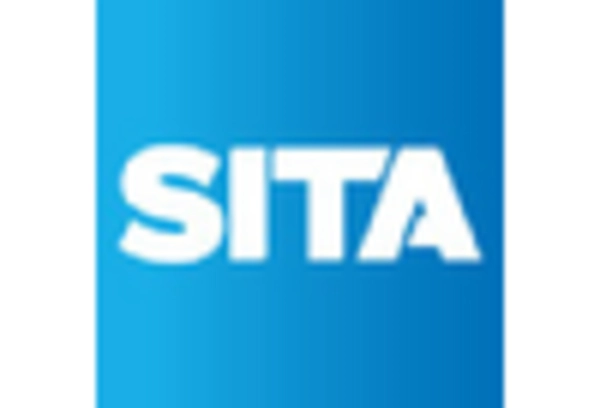
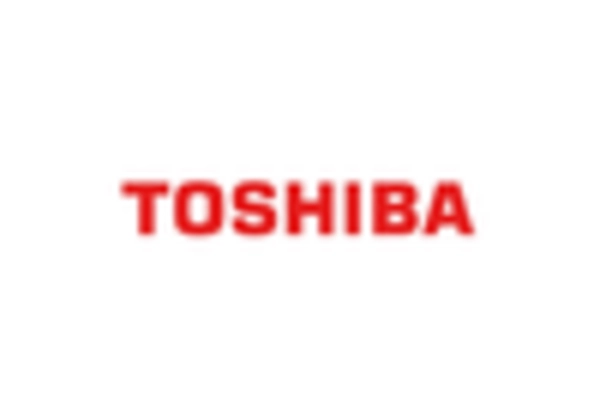









Leave a Comment